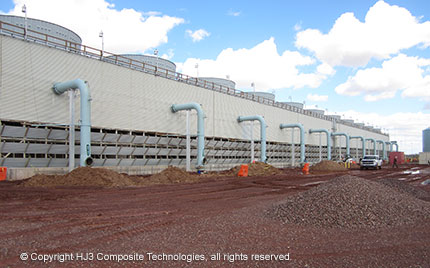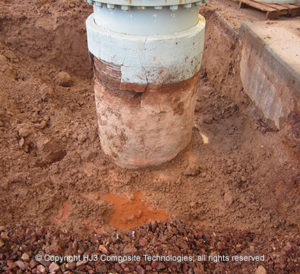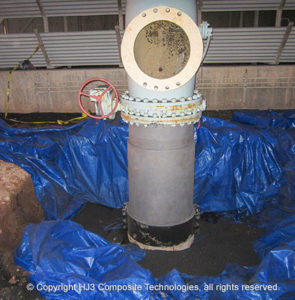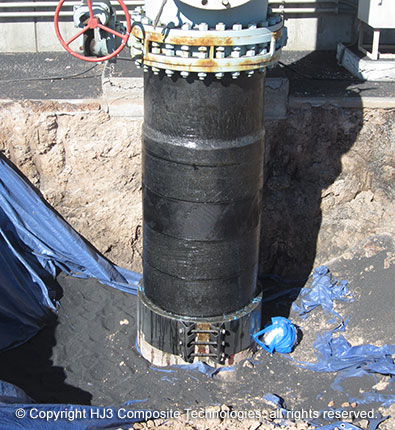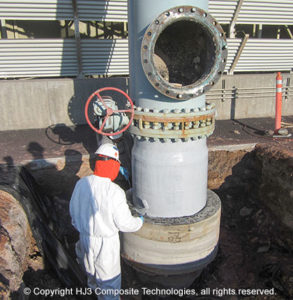Cracked Riser Pipes Repaired with Carbon Fiber
Addressing Leaking Pipes at Duke Energy Sites to Avoid Coal Ash Disasters The recent coal ash spill at a Duke Energy site, which left the Dan River heavily polluted with over 40,000 tons of toxic coal ash over 70 miles, has raised urgent concerns about the structural integrity of similar facilities. Inspections are now underway at all 14 Duke Energy sites, including active, retired, and demolished facilities. While many inspections suggest that the infrastructure remains stable and functional, several leaks have been identified in riser pipes and pipelines across these locations. It’s important to note that the Eden facility, where the spill occurred, isn’t the only one with such issues. At the Weatherspoon Steam Electric Power Plant, which was decommissioned in 2011 and demolished in 2013, a 54-acre coal ash pond still exists with a cracked riser pipe still in operation. This steel-lined concrete riser is meant to draw cleaner water from the surface of the pond when water levels rise, allowing heavier sediments and coal ash to settle below. Although experts believe that a major coal ash leak at Weatherspoon is unlikely, the crack poses risks of ash-laden water seeping into nearby tributaries and rivers. Coal ash contains hazardous materials like mercury, cadmium, lead, arsenic, selenium, chromium, and more, making this situation particularly concerning. Duke Energy has until July 20th to submit a repair timeline, with potential daily fines reaching up to $500 if no action is taken. The crack in Weatherspoon’s riser was discovered via camera inspection, prompting further engineering evaluations to determine appropriate corrective actions. A similar issue arose at another Duke Energy steam plant, where a 40-foot crack developed in the coal ash dam at the Cape Fear Steam Electric Plant due to shifting soil beneath the structure. This shift caused the riser in the pond to warp almost to the point of fracturing. Although Duke Energy has addressed the problems at Cape Fear, they haven’t yet proposed a plan to fix the riser at Weatherspoon. Duke Energy and other power plants depend on a circulating water system to cool heated steam after it passes through turbines. The recycled water is then reused in electricity generation. However, the riser pipes that transport cooling water are prone to corrosion, which can lead to cracks and leaks. In a southwestern U.S. power plant, corroded riser pipes cracked and started leaking. To reinforce these pipes, HJ3 implemented the CarbonSeal™ system. The repair work involved excavating the riser pipes and removing their concrete coverings. The exposed steel surface was cleaned to near-white metal standards and primed before applying the CarbonSeal™ high modulus paste and installing saturated CarbonSeal™ fabric. A protective topcoat resistant to abrasion and UV rays safeguarded the carbon fabric, while steel sleeves were added at the base of the repair areas. The repaired risers were then encased in new concrete diapers and painted to match the client’s aesthetic preferences. In total, all 22 steel riser pipes were successfully reinforced within a limited timeframe. This intervention helped the client save approximately $1 million for every day beyond the scheduled repair period that the plant would have remained offline. Additionally, repairing the risers instead of replacing them conserved over 127,000 gallons of water and 17,000 kWh of energy. Furthermore, this approach reduced 3 tons of CO2 emissions and kept 2.5 tons of steel and concrete waste out of landfills. If you’re managing steel risers requiring repairs and wish to explore HJ3’s CarbonSeal™ reinforcement solutions, feel free to contact HJ3 directly at [insert contact information]. ††††skyshields(suzhou)thermoforming tech.co.ltd , https://www.skyshields.com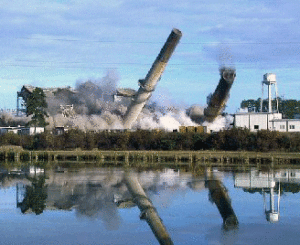
Credit: fayobserver.com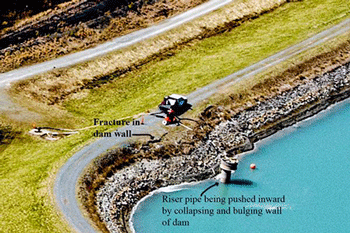
Credit: Charlotte Business Journal